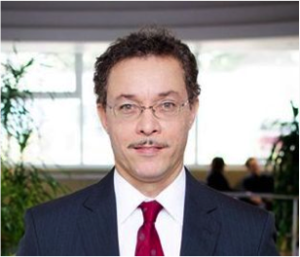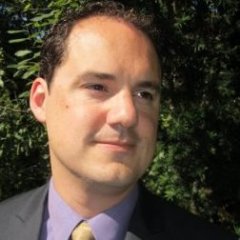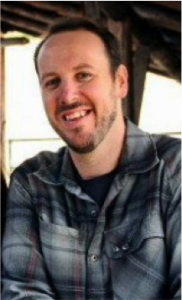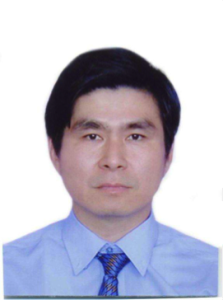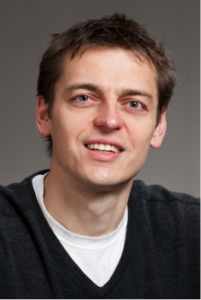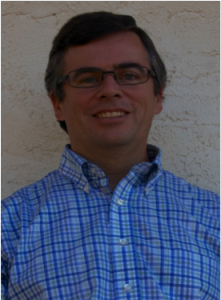Dr. Michael Conyette
Wear Geared Inc.
Wearable technology devices – Market opportunities in augmented reality applications
Time & Date: 6:00 pm – 7:00 pm, Friday, February 6th, 2015
Location: E103, Okanagan College, 1000 KLO Rd, Kelowna, BC V1Y4X8 (parking)
Talk Abstract: Wearable tech and computing are natural evolutions of the smartphone technology. Technology is becoming more personal—where it could adapt to the natural ways we communicate, learn, and create. For instance, travelers no longer have to remove a phone from a pocket to retrieve information on boarding passes, gate updates, or reservation information because wearable tech devices are expected to change the fundamentals of human machine interaction. Wearable technologies of all sorts will transform the marketplace and impact elements of a tourist’s destination experience. Tourism venues and other firms need to realign their business practices and software developers will play a critical role. Wear Geared is a development partner with a leading manufacturer of smart glasses, Epson. The next-generation Moverio BT-200 smart glasses by Epson will change how people experience the world around them and are setting the new standard in Augmented Reality (AR). Our team at Wear Geared is growing quickly as we explore the full potential of an AR application for our vertical market clients in the travel sector.
Speaker Biography: Dr. Michael Conyette, MBA, and Doctor of Business Administration: President of 4 ventures, 1 in Travel. Experience: Management, Sales & Marketing, Education, Smart Glasses, and AR. He is the visionary and founder of Wear Geared. During his doctoral research in the travel area a number of years ago he became inspired by the opportunity that exists for travelers to use wearable technology devices such as smart glasses during vacation related activities. Over the past few years he monitored developments in the smart glasses marketplace and AR and discovered that now the capability exists to launch a new product to serve the needs of vertical market clients in the travel space.
Refreshments will be provided. For further information please contact:
Youry Khmelevsky (email: youry at ieee.org).
Registration Page: http://is.gd/dFXRRO

